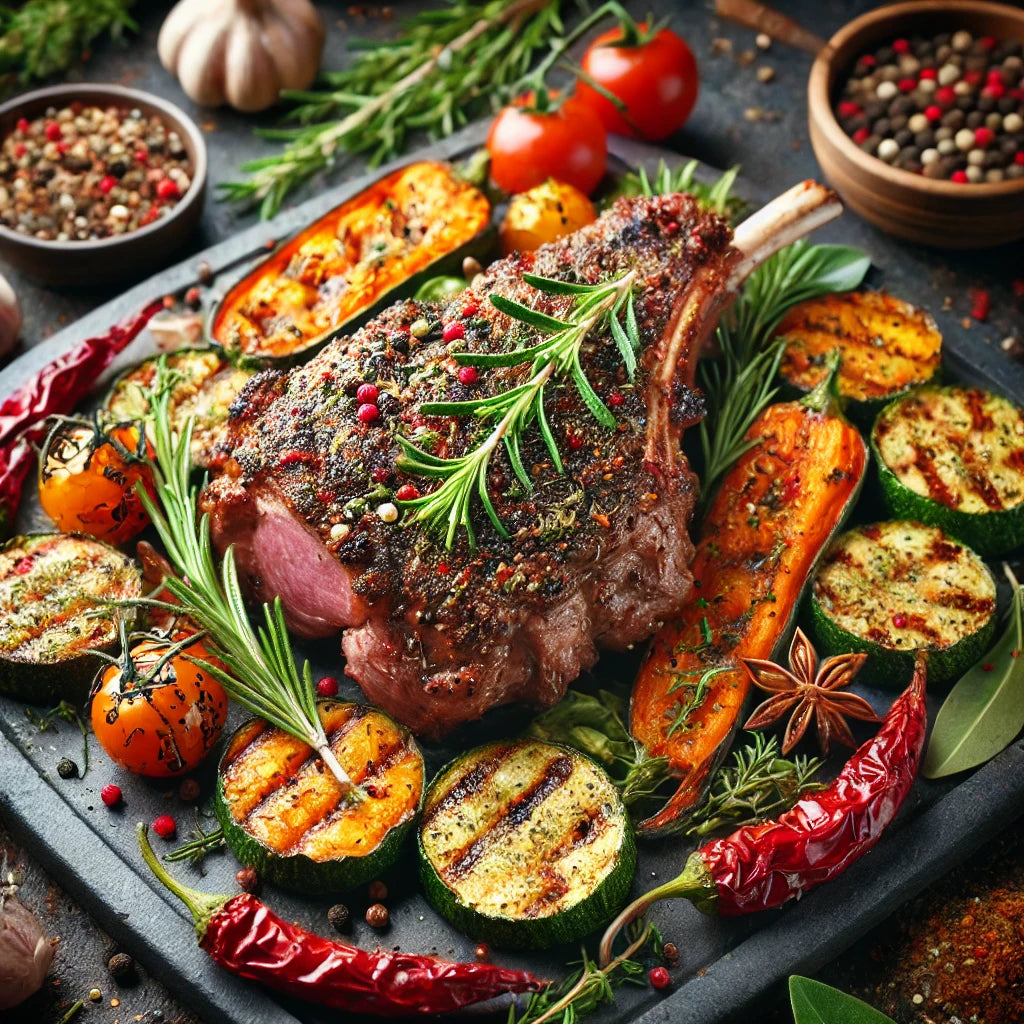Growing Your Own Bush Tucker in Frost Prone Areas
Dreaming of transforming your backyard into a thriving bushtucker garden, but worried about frosty conditions? Fear not! While Australia’s diverse climate offers a bounty of edible native plants, not all are cut out for colder regions. Let’s explore which ones can handle frost and how to nurture them.
1. What native bushtucker or edible Australian plants are good for frost prone areas?
Not all hope is lost for bushtucker enthusiasts in frosty climates. Several resilient native plants can thrive in these conditions:
- Wattles (Acacia spp.): Many wattle species, particularly those from higher altitudes, are frost-tolerant. They offer edible gum, flowers, and seed pods.
- Mint Bushes (Prostanthera spp.): These aromatic plants are not only delicious but also hardy. They can withstand light frosts.
- Native Raspberries (Rubus spp.): Some native raspberry varieties are surprisingly frost-resistant.
- Quandong (Santalum acuminatum): A hardy tree that produces delicious fruits. While young plants might need protection, mature trees are more tolerant.
- Emu Bush (Eremophila spp.): Many Emu Bush varieties can handle cold temperatures, and some even prefer cooler climates.
- Lemon Myrtle (Backhousia citriodora): This versatile plant is known for its citrusy flavour and can tolerate light frosts.

- Native Oregano (Prostanthera Ovafolia.): A hardy shrub with aromatic leaves that can be used in cooking.
- Bush Tomato (Solanum centrale): While not as frost-tolerant as other options, it can survive light frosts with protection.
2. How to care for plants in frost prone areas?
To protect your precious bushtucker plants from frost:
- Choose a sheltered spot: Plant in a location protected from cold winds.
- Mulching: A thick layer of organic mulch can insulate the soil and protect roots.

- Frost cloth: Cover young plants with frost cloth on cold nights.
- Microclimates: Utilize microclimates in your garden. South-facing slopes or sheltered areas can be warmer.
- Hardy varieties: Select cultivars known for their frost tolerance.
3. When should you be planting native Australian plants in frost prone areas?
The best time to plant in frost-prone areas is usually spring. This gives the plants time to establish themselves before winter arrives. However, some hardy species can be planted in autumn.
4. What types of bushtucker or native edible plants not plant in frost prone areas?
While many native plants are adaptable, some are simply too delicate for frosty conditions. Avoid tropical or subtropical species like Davidson plums, finger limes, and Kakadu plums.
5. Signs of frost bite on native Australian plants and how to treat it?
Frostbite can manifest in various ways:
- Blackened or brown leaves
- Wilted or drooping foliage
- Soft, mushy stems
If you notice these signs, act quickly:
- Remove damaged parts to prevent further spread.
- Protect the plant from further frost damage.
- Allow the plant to recover gradually.
Remember, patience is key when growing bushtucker in frost-prone areas. With careful selection and care, you can enjoy the rewards of your harvest.
Disclaimer: While this information provides a general guide, it's essential to research specific plant requirements for your region. Local nurseries and botanical gardens can offer valuable advice.




